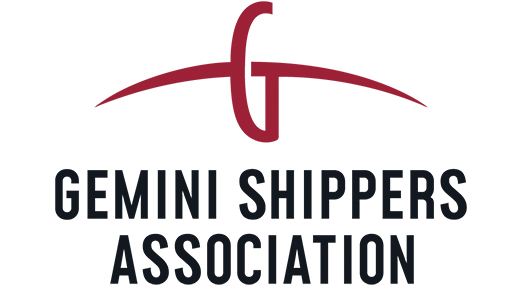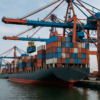
The start of a new year is prime time to reflect upon not just the prior year, but the longer-term journey. In the container-shipping sector, a central question is: With all of the ownership consolidation and alliances, has the industry been able to charge more over time to move a container from port A to port B?
The answer is no. Mergers may have cut liner costs, but they’ve yet to provide pricing power.
The price to move a container on various trade lanes is tracked by the Freightos Baltic Daily Index, which also compiles a global index. Over the three years between Jan. 1, 2017, and Jan. 1, 2020, the global index (SONAR: FBXD.GLBL) is effectively unchanged (down 1%).
The two largest individual trades are Asia-Europe and Asia-U.S. The Freightos index tracking pricing from China to Northern Europe (SONAR: FBXD.CNER) is up 5% over the past three years. The index tracking pricing from China to the North American West Coast (SONAR: FBXD.CNAW) is down 10% over the same period.

Looking at just the past year, the trends are the same, but more accentuated. Between Jan. 1, 2019, and Jan. 1, 2020, the Freightos global index was slightly lower (down 7%). China-North America West Coast pricing was down 31% and China-North Europe pricing was up 1%.
Last year’s price decline to the U.S. may have resulted from weaker comparisons versus inflated volumes in the second half of 2018, when U.S. importers pulled forward volumes in a race to beat tariff deadlines of the Trump administration.

An even longer-term view on container-pricing trends is offered by the weekly index of U.K.-based Drewry. Over the past seven years (2013-19), the Drewry Global Composite Index (SONAR: WCI.GLOBCOMP) is down 27%. The Drewry Shanghai-to-Los Angeles index (SONAR: WCI.SHALAX) is down 29%. And the Drewry Shanghai-to-Rotterdam index (SONAR: WCI.SHARTM) is down 14%.

Consider the fact that the following consolidation events have occurred since Jan. 1, 2013: COSCO merged with China Shipping to form China COSCO Shipping, which then bought OOCL; Hapag-Lloyd bought CSAV and United Arab Shipping; Hamburg Sud bought CCNI and then Maersk bought Hamburg Sud; CMA CGM bought NOL; container lines of three Japanese conglomerates (“K” Line, MOL and NYK) merged into Ocean Network Express (ONE); Maersk and MSC joined together in the 2M Alliance; the Ocean Alliance was formed between CMA CGM, China COSCO Shipping and Evergreen; and THE Alliance was formed between Hapag-Lloyd, ONE and Yang Ming (with HMM joining THE alliance last year).
And with all of that consolidation – which is light years beyond anything that has occurred in any other vessel sector – today’s cargo shippers are paying a lower rate to move containers across the world’s oceans than they were before. More FreightWaves/American Shipper articles by Greg Miller
Editor’s note: Freightos has a business agreement with FreightWaves that includes editorial coverage.


